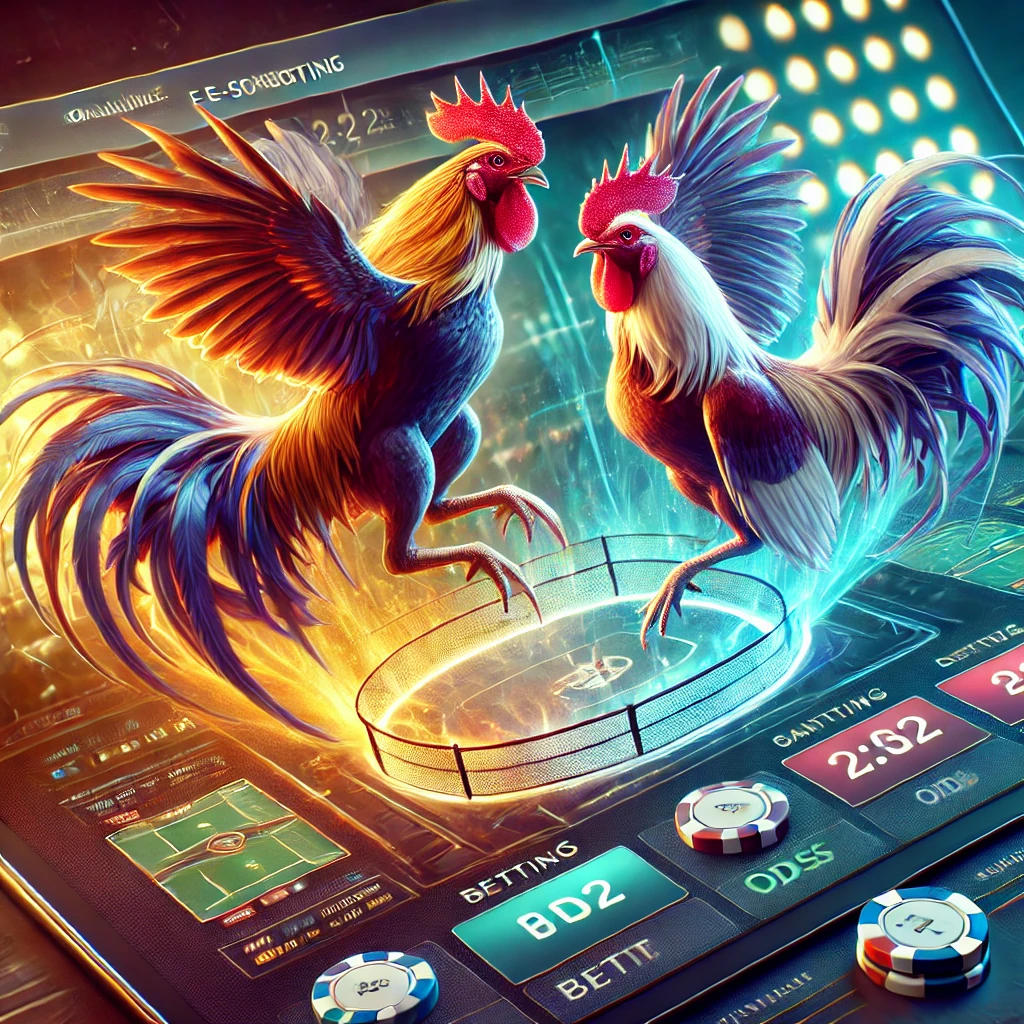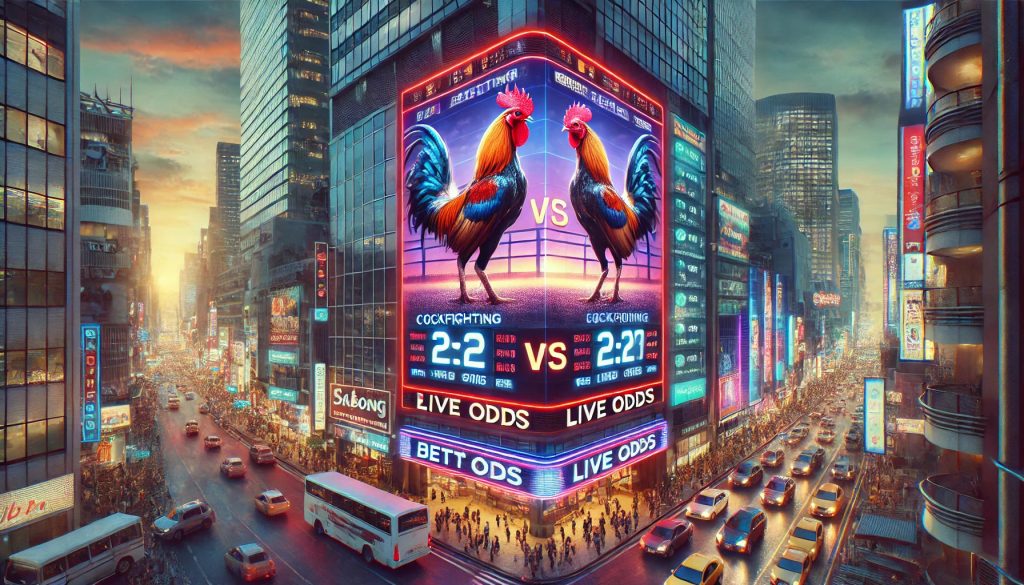A Cultural Symbol: The Interplay of Courage and Fate
In the Philippines, cockfighting (sabong) is more than just a centuries-old tradition—it is a symbol of courage, decisiveness, and survival. Within the cockpit, the fierce battles between roosters are seen as metaphors for life’s struggles, where every scratch and peck represents a fight for existence.
The Filipino saying “One scratch, one peck” vividly encapsulates this spirit. Whether it’s a rooster in the arena or a person in daily life, survival requires relentless effort and resilience. Cockfighters, who are both trainers and owners, are viewed as “warriors of fate,” showcasing their wisdom and bravery in each contest. This has elevated sabong to a revered status in Filipino culture.

Economic Engine: From Tradition to E-Sabong
Traditionally, cockfighting arenas (cockpits) have been vital to the rural economy in the Philippines. The breeding, training, and preparation of fighting roosters, along with related industries like blade crafting, have provided livelihoods for countless families. This deep economic integration has made sabong more than just a sport—it is a source of sustenance for millions.
The rise of e-sabong (online cockfighting), particularly during the COVID-19 pandemic, has transformed this industry. With physical gatherings restricted, e-sabong offered an alternative platform where enthusiasts could watch matches and place bets from the comfort of their homes. This shift expanded the reach of sabong and increased the betting volume significantly. In fact, e-sabong generated over 5 billion pesos annually in government revenues.
However, this digital transformation came with heightened concerns. The accessibility and convenience of e-sabong led to rampant gambling addiction, financial ruin, and other social issues. The government was initially reluctant to ban e-sabong due to its economic benefits, but the growing societal costs eventually forced a change in policy.

Social Challenges: The Dark Side of Gambling
Gambling, deeply ingrained in Filipino culture, has long been a double-edged sword. With e-sabong, the negative effects of gambling have become more pronounced.
The high-frequency nature of e-sabong matches and its easy accessibility pushed many into the depths of gambling addiction. Participants often wagered beyond their means, risking not only their savings but also their homes and future earnings. Stories of financial ruin became commonplace, highlighting the devastating impact of unchecked betting.
Disrupting Social Order
The surge of e-sabong also brought about societal disruptions. Reports of missing persons tied to high-stakes e-sabong matches surfaced, adding a layer of criminality to the industry. These cases exposed significant regulatory gaps and eroded public trust.
Voices of Opposition
Opposition to cockfighting, particularly e-sabong, has been growing, especially among women. Many argue that it is not only cruel but also destructive to family harmony.
“Our husbands and children are drawn to e-sabong, leaving us to pick up the pieces,” said one concerned housewife.
Government Actions and Policy Shifts
In May 2022, then-President Rodrigo Duterte ordered a halt to all e-sabong operations, citing its detrimental impact on Filipino society. Despite its substantial contributions to government revenue, Duterte emphasized that the social costs outweighed the financial gains.
The decision marked a critical turning point in balancing economic benefits and societal well-being. President Ferdinand Marcos Jr., who succeeded Duterte, has since reevaluated the policy, aiming to introduce stricter regulations to mitigate the negative effects of e-sabong while preserving its cultural heritage.
Conclusion: Balancing Cultural Heritage and Modern Challenges
From a Western perspective, Philippine cockfighting represents the intersection of tradition and modernity. On one hand, it stands as a cultural emblem of courage, honor, and community. On the other, the rise of e-sabong has brought about ethical and societal concerns, highlighting the need for government regulation and oversight.
Moving forward, the Philippine government and society must navigate the delicate balance between preserving cultural heritage and addressing the challenges posed by gambling. As one cockfighter aptly put it,
“Whether in the cockpit or in life, the key isn’t winning or losing—it’s how we face the challenges of fate.”
[…] rise of e-Sabong and modern developments have brought new challenges. Balancing the preservation of cultural heritage with addressing gambling addiction, economic inequality, and crime is a pressing issue for Filipino […]
[…] breeders and Sabong enthusiasts to share knowledge and resources. This commitment enhances the cultural significance of cockfighting, fostering an environment where tradition and innovation […]